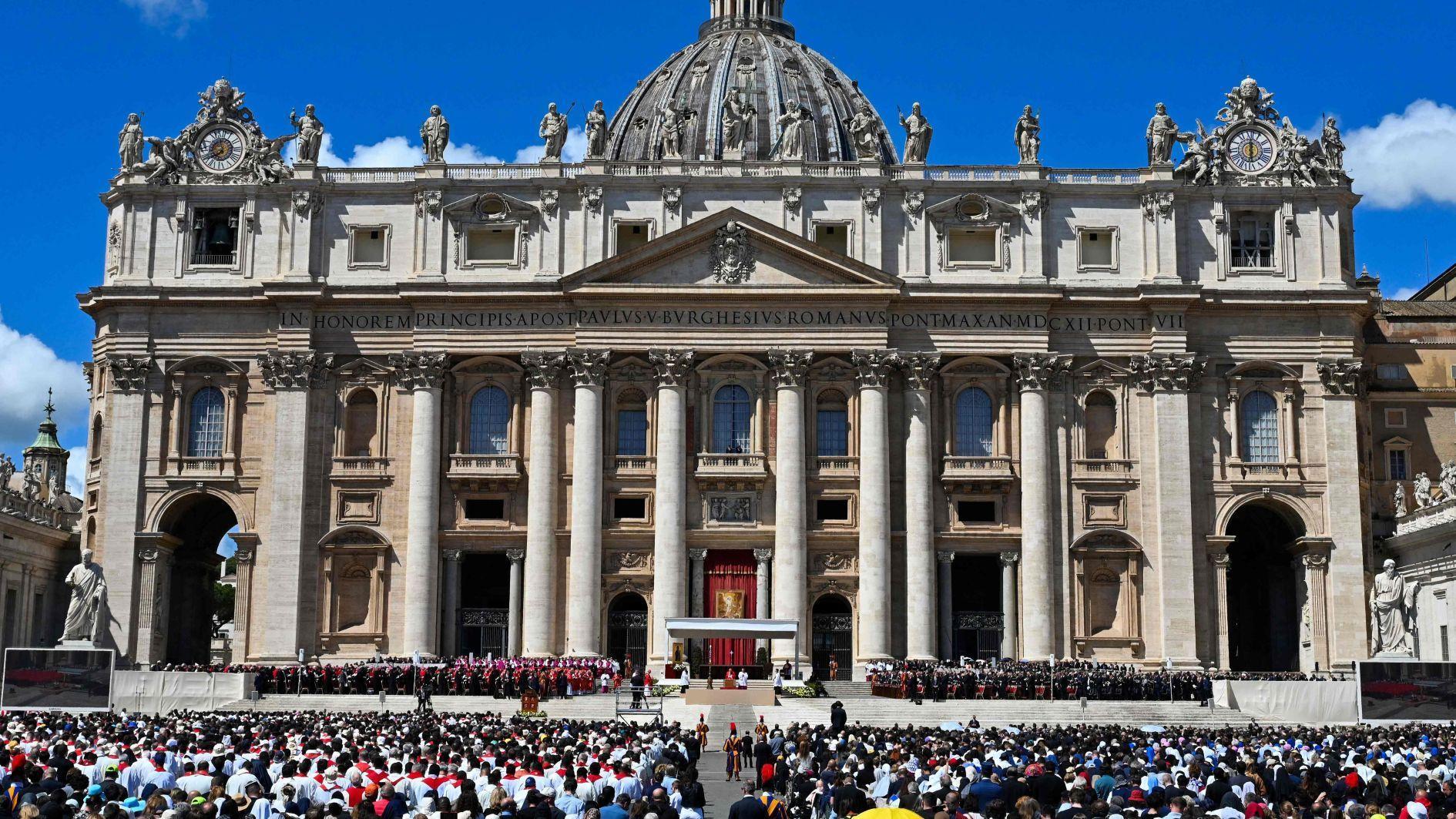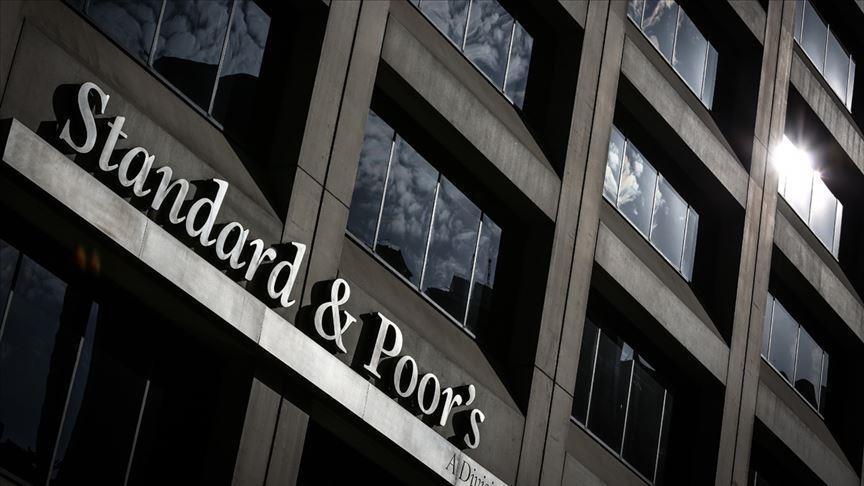Underground city takes visitors on historical journey
AKSARAY

The underground city of Saint Mercurius, located in the Saratlı village of the Central Anatolian province of Aksaray, is famous for its 40 living spaces such as its church, mass graves, water wells, floor furnaces, pigeon houses, cellars and warehouse roofs.
The excavations started in 2011 in the underground city, which was used as a shelter in the 250s A.D. where Christianity was forbidden in the Cappadocia region, and ended in 2016 with the cleaning of its three floors.
In the first seven months of the year, nearly 30,000 tourists visited the underground city, which is estimated to have seven floors and contains a church and 37 tombs, unlike its counterparts.
Speaking to the state-run Anadolu Agency, Saratlı Mayor Zeki Türker said that there were many underground cities in the region, and Kırkgöz and Saint Mercurius underground cities are in their towns.
Stating that the underground city has seven floors, but they gained three floors in tourism, Türker said, “In the underground city, there are living spaces such as a kitchen, a drinking water well, tombs and a church. There are also 37 baby graves in the underground city. These attract a lot of tourists to the city. In the past, many people could live up to six months without leaving this underground city.”
“Saint Mercurius has been hosting many tourists for 40 days. It is visited by some 1,100-1,200 people a day. Usually, our guests come from Russia and Ukraine. Before the COVID-19 pandemic, lots of tourists came from Middle Eastern countries, but this number is low now. A number of tourists come from European countries as well. The guests here will learn the history in its original place,” he added.
One of the visitors, Russian tourist Nikolai Ribokov said that he found the engineering of the underground city very successful. “This is an underground city with extremely detailed architecture. I went to underground cities in Tunisia. It looks a lot like the underground city there. It is a great and awesome structure, I love it. Such historical places in Turkey attract us. I took a lot of photos and will share them on social media,” Ribokov said.
Saint Mercurius underground city
The second underground city in Saratlı village, Saint Mercurius was frequently used around 250. A.D. when Christianity was forbidden and its use in that period was mostly for shelter purposes.
St. Mercurius was a military officer who lived between 225 and 250 A.D. He was born in Cappadocia during the Roman period and was exiled to Cappadocia after his declaration of his Christian faith. He was decapitated in the region and his corpse was sent to Egypt.
There are seven floors in the underground city; three of them are visited by tourists. The entrance is through a Seljuk period inn known as Develik. Access to other floors is through corridors and chambers, while all passageways lead to the church. Although the churches in underground cities are usually small, the church here is about the size of a cathedral.
During the excavations in the church, about 20 graves belonging to children and adults were unearthed and most of them still had bones inside. In one of the graves, the skeletons of a male and a female were found on top of each other. There are various engravings of the cross in the church. The site was used mainly during the Eastern Roman period.
















